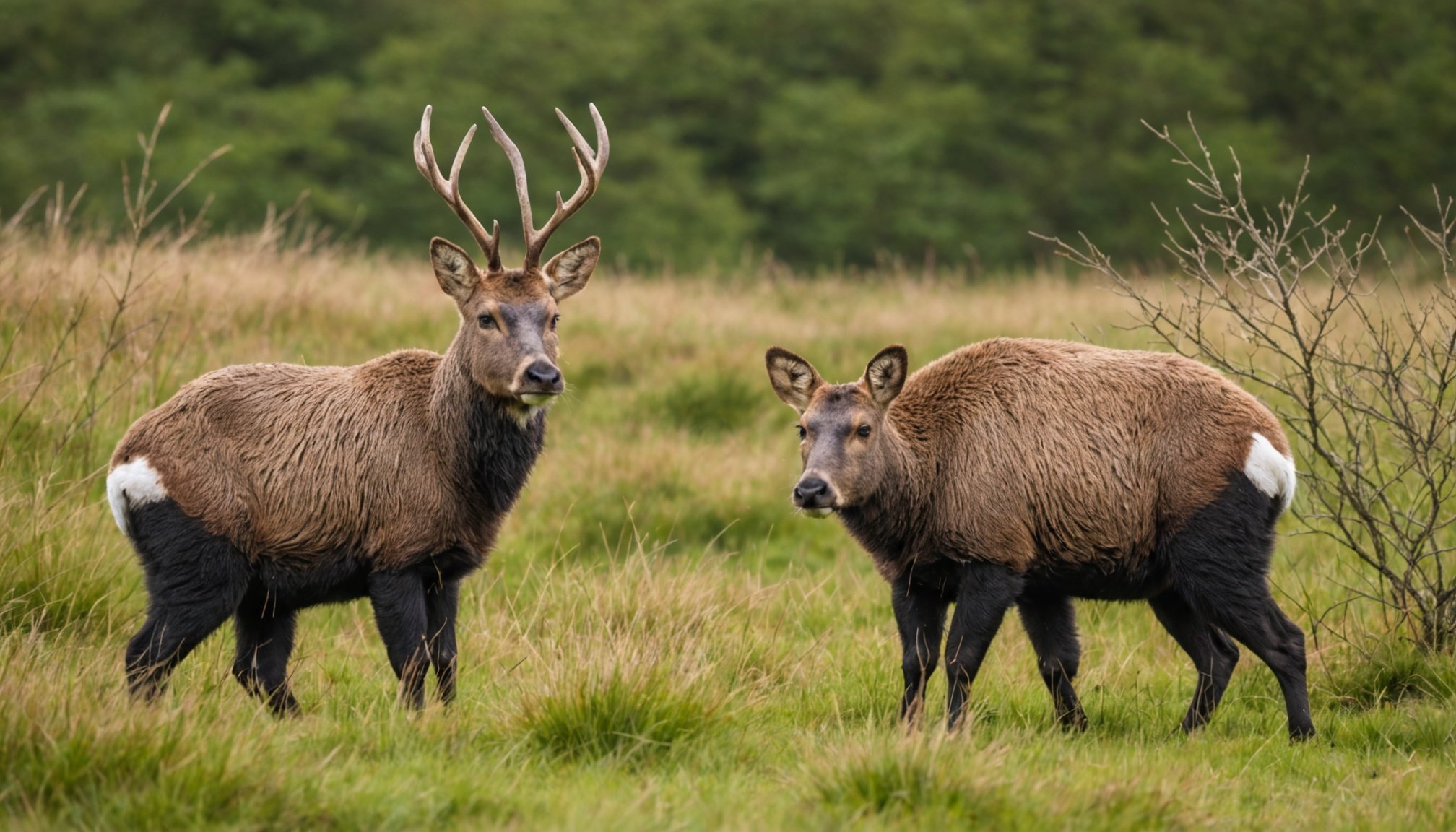Overview of UK National Parks
UK National Parks hold great significance for wildlife enthusiasts as they offer a unique glimpse into the country’s diverse ecosystems. These parks serve as sanctuaries, where one can engage in wildlife tours and witness a myriad of native species thriving in their natural surroundings.
For those passionate about the preservation of native habitats, UK National Parks provide an opportunity to explore varied landscapes that range from lush woodlands to rugged mountains. Each park boasts its own distinct flora and fauna, creating essential spaces for biodiversity and ecosystem health. The preservation of these habitats not only supports an array of wildlife but also contributes to the ecological balance crucial for the planet.
Also to discover : Discover the Most Fascinating UK Towns for Exploring the Dark History of British Witchcraft Persecution Tours
Engaging in wildlife tours within these parks allows visitors to appreciate the intricate relationships between species and their environments. For instance, a trip to the Cairngorms might reveal the survival strategies of native species in harsh mountain climates, while the expansive wetlands of the Norfolk Broads highlight the rich birdlife dependent on aquatic habitats.
By maintaining and protecting these native habitats, UK National Parks play a vital role in sustaining biodiversity, making them indispensable for both conservation efforts and educational experiences.
In the same genre : Journey through the edwardian era: uncover the enchantment of heritage train adventures
Top UK National Parks for Wildlife Tours
Discovering the top wildlife parks in the UK offers enriching nature experiences filled with opportunities for wildlife observation. Each national park provides a unique blend of flora and fauna, encouraging tourists to engage with Britain’s diverse ecosystems.
Yellowstone National Park
Though famed for its geothermal wonders, Yellowstone National Park is a sanctuary for various species. In particular, sightings of bison, wolves, and elusive eagles offer thrilling encounters for wildlife enthusiasts. Tourists can choose from guided tours, including eco-tours and wildlife safaris, to enhance their visit. The park provides inclusive accessibility features to accommodate all visitors.
Cairngorms National Park
Located in Scotland, the Cairngorms National Park is home to rare species such as the Scottish wildcat and capercaillie. With sound infrastructure for bird-watching tours and safari trails, this park caters even to beginner naturalists. Accessible paths and visitor centres make it easy for everyone to experience the calming beauty of Scotland’s majestic landscapes.
Exmoor National Park
Exmoor charms visitors with its scenic moorlands and coastal forests. Notable species include the Exmoor pony and red deer. The park offers diverse tours, from horseback rides to night safaris, ensuring varied wildlife experiences. Emphasis on visitor facilities, such as mobility-friendly access, ensures a comfortable tour for all participants.
Unique Habitats within National Parks
National parks boast a multitude of unique ecosystems, each serving as a crucial home for diverse wildlife. From expansive moors rolling over the horizon to vibrant wetlands bustling with life, these environments offer distinct yet interdependent habitats. For instance, moors, with their open expanses and rich vegetation, provide shelter for grouse and other bird species that rely on these specific conditions to thrive. Wetlands, on the other hand, act as vital ecosystems for amphibians and numerous bird species, supporting a variety of aquatic life due to their rich biodiversity.
Forests within national parks are another cornerstone of habitat diversity. They serve as homes to mammals, insects, and birds, each species adapted uniquely to the forest environment. The interaction between these ecosystems fosters environmental education opportunities, emphasizing the significance of each habitat in maintaining ecological balance.
Tours focusing on habitat exploration present a practical way to understand these diverse environments. They offer educational experiences that highlight the biodiversity found within national parks, allowing visitors to engage directly with nature. These tours promote a deeper appreciation for habitat diversity, informing visitors about the specific needs and conservation efforts required to maintain these precious ecosystems.
Best Times to Visit UK National Parks
Understanding the seasonality of UK national parks can greatly enhance your visit, especially if you aim to maximize wildlife activity observations. Different seasons bring unique opportunities to experience wildlife in their natural habitats.
Spring is a particularly vibrant season, offering a front-row seat to nature’s reawakening. It’s the ideal time to witness blooming flora and emerging fauna. You’ll find many animals becoming more active as they end their winter hibernation. Birds, too, are busy building nests and starting their breeding season.
Summer provides an opportune moment to visit higher altitudes, as trails become more accessible due to the melting snow. This season is perfect for observing a variety of wildlife, including mammals like deer and foxes, which are often more visible. However, remember that summer also attracts more tourists, so plan visits early in the morning or late afternoon to avoid crowds.
In autumn, the changing colours transform landscapes into stunning canvases. This season often coincides with the rutting season for deer, presenting a unique wildlife spectacle.
Visiting tips include wearing appropriate clothing for the weather and packing binoculars for a closer wildlife view. Being aware of seasonal changes will enrich your experience.
Practical Information for Visitors
Understanding the basics can make your visit both enjoyable and hassle-free. Here’s a detailed guide to help you navigate your trip.
Entrance Fees and Permits
Before visiting any park, it’s essential to check the entrance fees as they can vary. Some parks offer special passes which might be economical if you plan on visiting multiple locations. Permits are often required for activities such as camping or fishing. It’s crucial to arrange these in advance to avoid any inconvenience during your trip, so review the specific visitor information for each park.
Access and Transport Options
Access to parks can range from public transportation options to driving your car. Consider ease of access when choosing your mode of transport. Public transportation is economical and reduces your carbon footprint, but driving gives you the flexibility to explore at your own pace. Double-check parking facilities and any associated costs where applicable.
Recommendations for Gear and Safety
The right gear enhances your experience. Essential items include comfortable footwear, weather-appropriate clothing, and sufficient water. Safety is paramount, so don’t forget a map or a GPS device. Assess the accessibility of specific trails if traveling with family or those requiring special access, ensuring everyone has a secure and enjoyable adventure.











